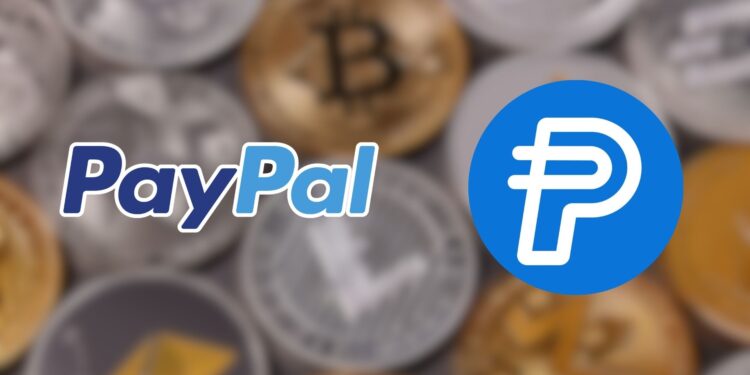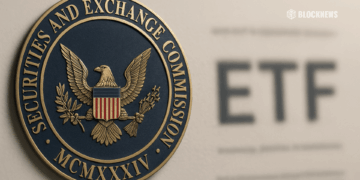- The PayPal USD stablecoin (PYUSD) is now using LayerZero to enable transfers between Ethereum and Solana
- PYUSD’s market cap on Ethereum has remained relatively unchanged around $350 million in recent months
- PYUSD’s supply on Solana has plummeted from over $660 million in August to $186 million
PayPal’s US dollar-pegged stablecoin PYUSD is now using LayerZero to streamline transfers between the Ethereum and Solana blockchains, PayPal announced in a statement on Tuesday.
Background on PYUSD
The PYUSD stablecoin was first launched by PayPal in 2021 as part of the company’s push into digital currencies. It is pegged 1:1 to the US dollar.
PYUSD can be used for payments within PayPal’s network, which includes Venmo, Braintree, and Xoom. It aims to provide the price stability of fiat currency with the flexibility of cryptocurrency for PayPal’s users.
Supply Changes on Ethereum and Solana
According to data from The Block, PYUSD’s market capitalization on Ethereum has remained relatively steady in recent months at around $350 million.
However, PYUSD’s supply on Solana has dropped dramatically. It surpassed 660 million earlier in 2022 but has since plunged to around 186 million as of November.
LayerZero Integration
The integration of LayerZero is intended to eliminate liquidity fragmentation and enable faster, cheaper transfers between Ethereum and Solana.
LayerZero’s omnichain technology will allow PYUSD to move seamlessly between the two blockchains. This provides flexibility for holders to transfer tokens between chains efficiently.
According to the statement, this will benefit both regular users and businesses using PYUSD.

PayPal and Stablecoins
PayPal has been working to integrate stablecoins into its services. Earlier this year, it started allowing users to transfer stablecoins between PayPal and other wallets and exchanges.
Enabling PYUSD transfers between Ethereum and Solana is the latest move to make PayPal more “blockchain agnostic” when it comes to stablecoins.
The company is aiming to embrace a multi-chain future and build bridges between different blockchains. Integrating LayerZero helps further that goal by streamlining PYUSD interoperability.














